Equipment
Building a home hitting net and simulator
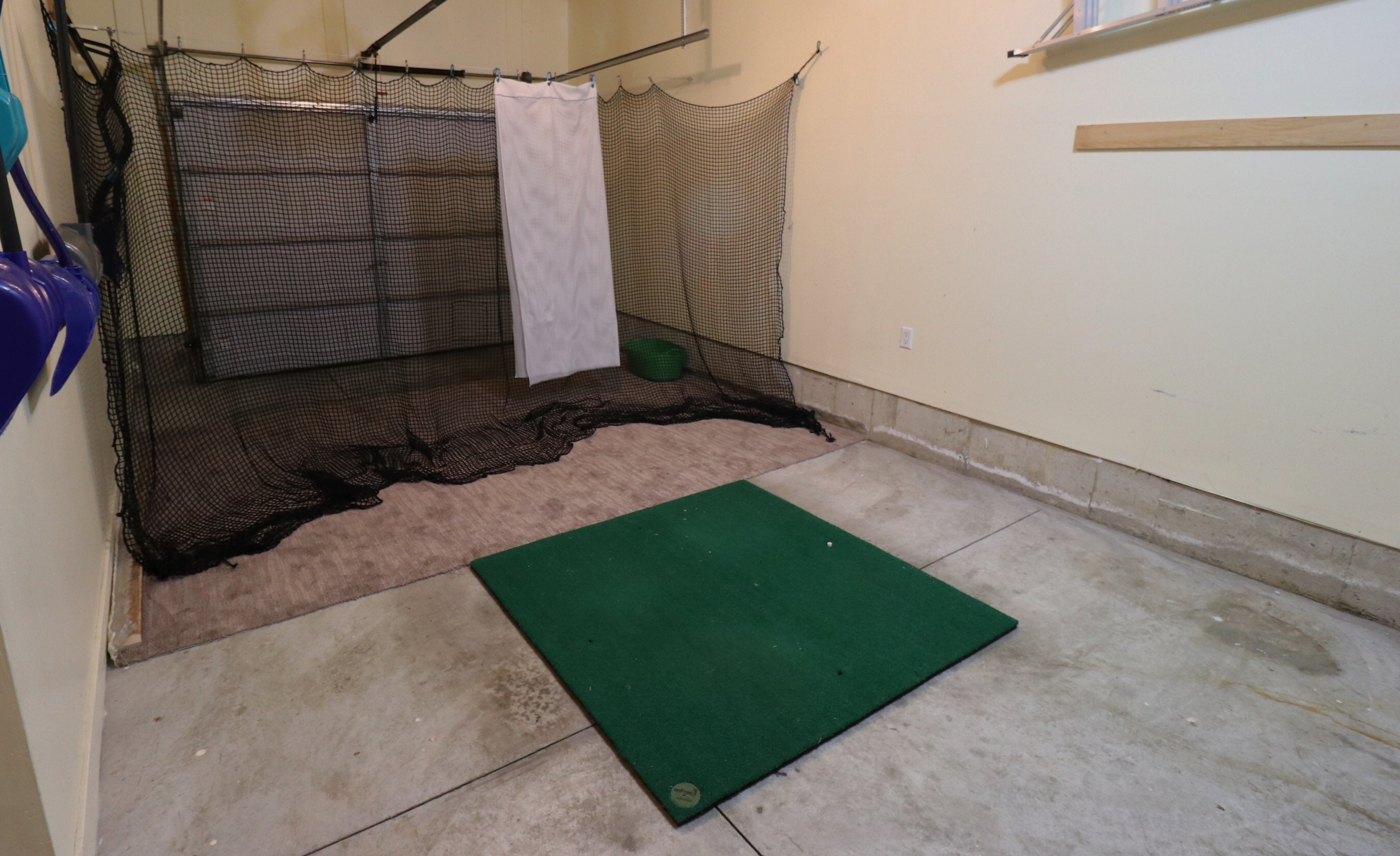
Golf and winter don’t get along very well, which is why so many golfers head indoors to practice facilities that offer year-round climate-controlled environments. The problem for many is these facilities can be busy and often require booking well in advance, which doesn’t work well for those seeking last-minute “driving range” flexibility.
So what is a diehard golfer to do? Build your own home hitting bay/simulator of course, and in my case build it on a budget to offer fun and flexibility all winter long.
Finding the right space

The first part of the process is accessing your wants and needs along with understanding any possible limitations your space might create. You have to consider which clubs you plan on using—and if that means hitting drivers, then you are going to need enough height and width to feel comfortable. The space I used is our garage, which is 12 feet wide and has 11-foot high ceilings, more than enough room to hit any club in the bag, and can easily accommodate both right and left-handed golfers.
Golf net and screen options

The Net Return hitting net
After figuring out your space, it comes down to selecting the best option for ease of use and flexibility—flexibility being the key ingredient in my situation. This is our only full garage bay, and if there is one thing I have gotten used to, it’s not having to clean snow off our car in the winter, so the net and mat had to be easily portable and storable.
If you are repurposing a space that won’t require flexibility, then there are a number of fantastic options including The Net Return and others that provide projector screen capability. On the highest-end, before getting into a full room renovation, Costco has a $20,000 “Sim in a box” powered by a Foresight GCQuad—let’s call this the dream scenario.

Since I have no intention of using a projector, nor do I have $20,000 just lying around, I ended up going with standard golf impact netting from Amazon: 10′ x 20′ golf impact netting, which allowed me to build my own net system which I can open or store within minutes.
The last thing to remember is you will be putting a lot of wear on a small part of the net caused by proximity, which is why if you plan to practice a lot it’s important to reinforce the impact area of the net. There is nothing more dangerous or damaging than a rubber projectile (in our case a golf ball) ricocheting around a small space at over 140 mph.

My solution was fine mesh netting from a local fabric store. It’s light enough not to put extra stress on the suspended cable supporting the net but strong enough to take a lot of abuse. The nice thing is at only $5 per yard and 60″, wide it’s very affordable and easily replaceable. An interesting thing to note, is a net doesn’t wear out specifically from just high-speed impact but from the friction of the spinning ball as it hits the net with shorter clubs, so the more layers the better.
The parts list
The list will vary depending on your situation and personal setup, but here are the tools & supplies I used when putting together my own net system.
Tools
- Power drill and/or impact driver to drill pilot holes for the anchoring i-bolts. Since there will be a lot of tension on the supporting cable you have to be sure to put these anchors into wall studs.
- Stud finder
- Various size drill bits
- Level
- Tape measure
- Screwdrivers
- Pliers or vice grips
Supplies
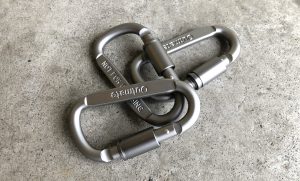
There are a lot of ways to secure the net and create a welcoming space to use as a practice facility but these are all the supplies I used to install and support the net.
- Stainless steel aircraft cable (2mm) rated for 900lbs.
- Aircraft cable clamps
- I-bolts to secure the cable to walls
- Turnbuckle to properly tension the cable
- Small hooks to hold the corners of the net up and around
- Carabiners – Climbing rated ones are unnecessary, but they need to be sturdy
- Carpet (for noise dampening and to prevent balls hitting the floor after falling from the net)
The Mat

Beyond the net itself, this is by far the most important piece of any home hitting bay or simulator because it needs to have enough give/compression in the impact area to not cause joint or muscle pain when hitting irons and wedge. This could require you to use extra padding under the mat or purchasing a separate hitting area depending on the base it is on.
Note: At the time of publication, I am currently waiting for the soft hitting area of my mat to arrive
Getting fancy and simulated
This is the part where we go from home hobby setup to full-blown golf nut practice facility. The options beyond a basic net setup can get pretty crazy and for data and shot information it will require a substantial investment, with the most affordable being a SkyTrak unit followed by the all-new FlightScope Mevo+. After that, we get into more expensive options like the Foresight GC2 with HMT or the newest option the GCQuad followed by the radar-based Trackman.
All of these systems can work alongside various simulator software to provide playable course options, but they all come at an additional cost depending on the company and package.

For my personal use, I already happen to own a FlightScope Xi+ (which I purchased used), which requires a minimum of 16′ from unit to net to capture data, and since I don’t have any plans for playing rounds of golf, it is the perfect solution for getting the information I want in the space I have.
So whether you are looking for a full-blown golf simulator at home or just a space to help you keep those “golf muscles” loose over the cold winter months, use this GolfWRX how-to guide as a starting point for finding the best solution for you.
The How-to Video
Equipment
BK’s Breakdowns: Cameron Young’s winning WITB, 2025 Wyndham Championship

Cameron Young’s WITB from his win at the 2025 Wyndham Championship. Cameron is a Titleist staff player but his bag is definitely filled with some unique clubs. Here are the clubs he used to secure his first PGA Tour win!
Driver: Titleist GT2 (9 degrees, A1 SureFit setting)
Shaft: Mitsubishi Tensei 1K Pro Orange 70 TX
3-wood: Titleist GT3 (15 degrees)
Shaft: Mitsubishi Tensei 1K White 80 TX
Hybrid: Titleist GT2 (21 degrees)
Shaft: Fujikura Ventus HB Black VeloCore+ 10 X
Irons: Titleist T200 (4), Titleist T100 (5), Titleist 631.CY Prototype (6-9)
Shafts: True Temper Dynamic Gold X7 (4-9)
Wedges: Titleist Vokey Design SM10 (48-10F, 52-12F, 56-14F @57), WedgeWorks (60-K* @62)
Shafts: True Temper Dynamic Gold X7
Putter: Scotty Cameron Phantom 9.5 Tour Prototype
Grips: Golf Pride Tour Velvet Cord
Ball: Titleist Pro V1x Prototype
Whats in the Bag
Peter Malnati WITB 2025 (August)
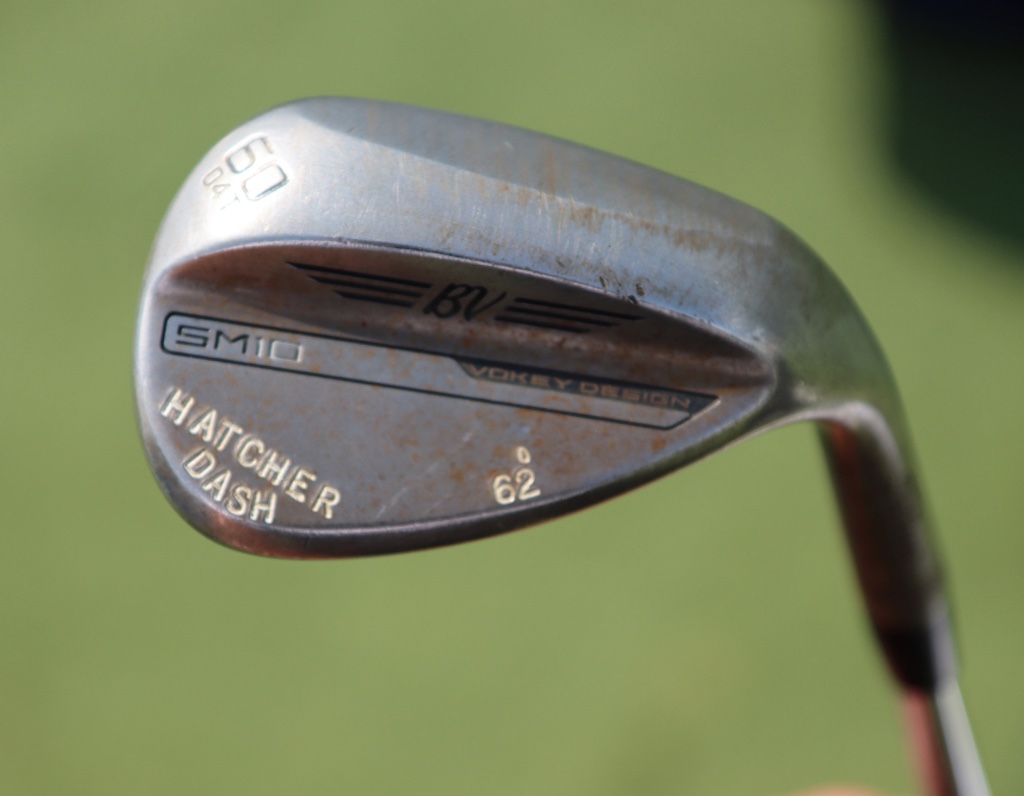
- Peter Malnati what’s in the bag accurate as of the Wyndham Championship. More photos from the event here.
Driver: Titleist GT3 (10 degrees, C2 SureFit setting)
Shaft: Project X Denali Blue 60 TX
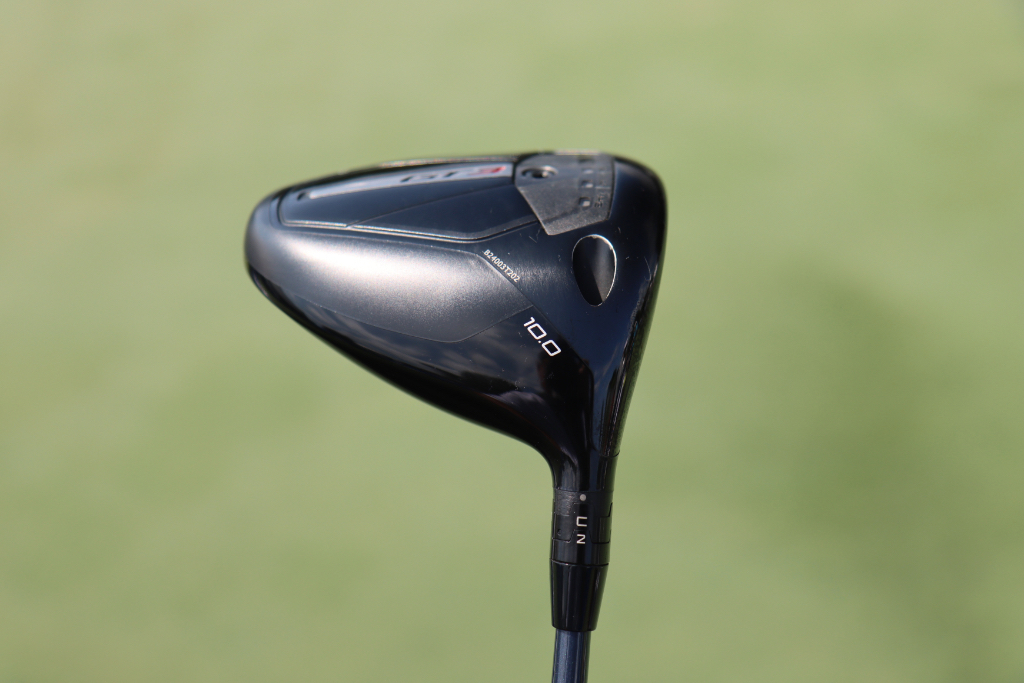

3-wood: Titleist GT3 (15 degrees, A1 SureFit setting)
Shaft: Fujikura Ventus TR Blue 7 X
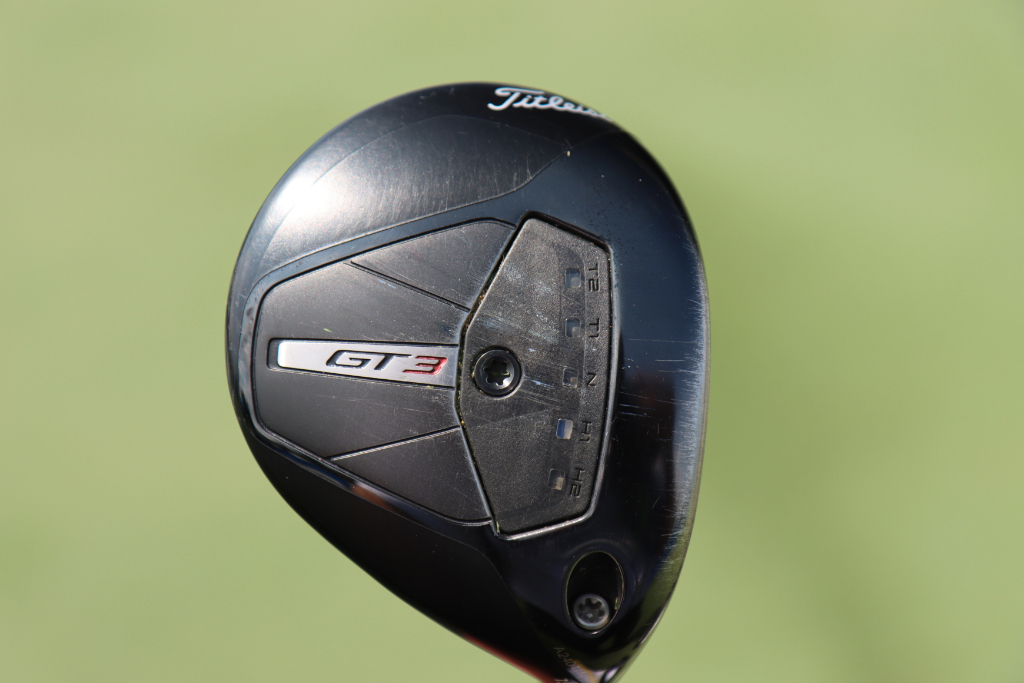
7-wood: Titleist GT2 (21 degrees, D1 SureFit setting)
Shaft: Fujikura Ventus TR Blue 8 X
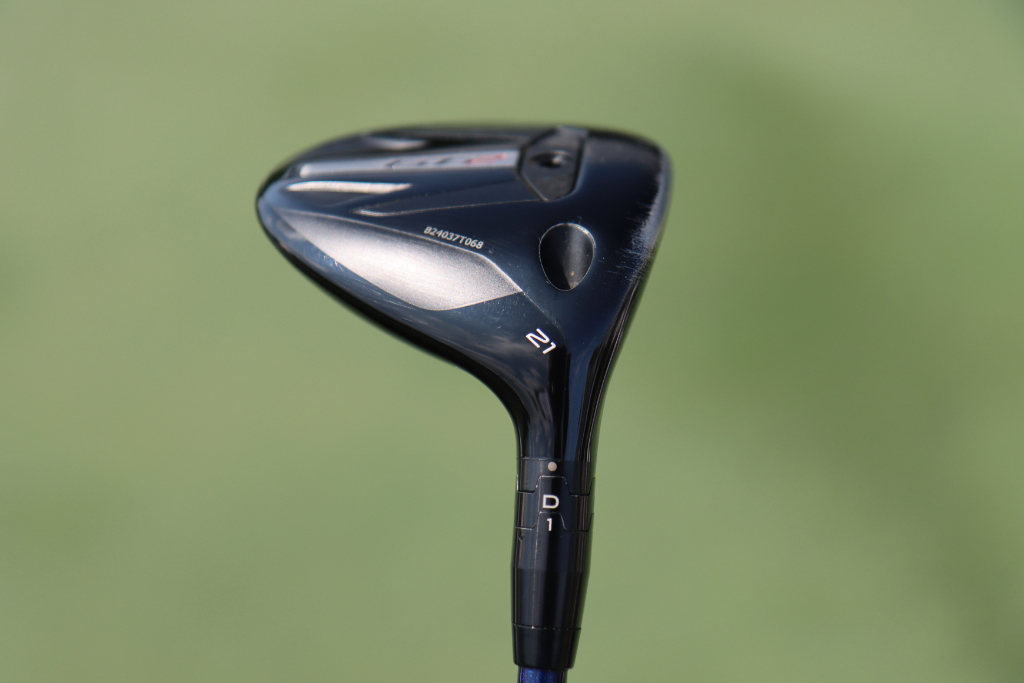
Irons: Titleist T150 (4, 5), Titleist T100 (6-9)
Shafts: True Temper AMT Tour White X100
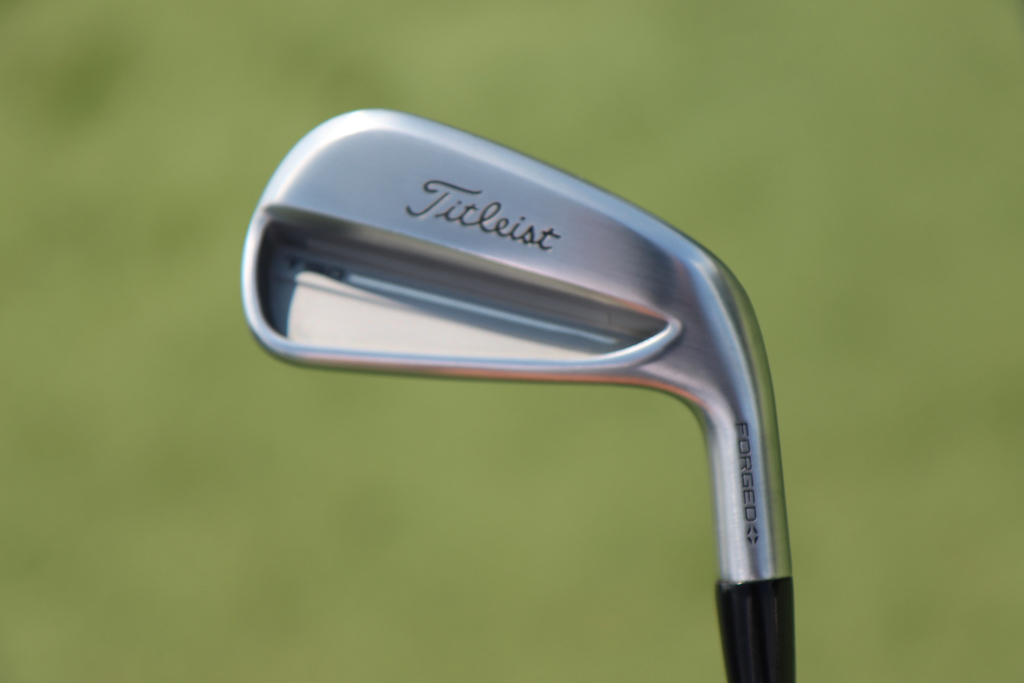
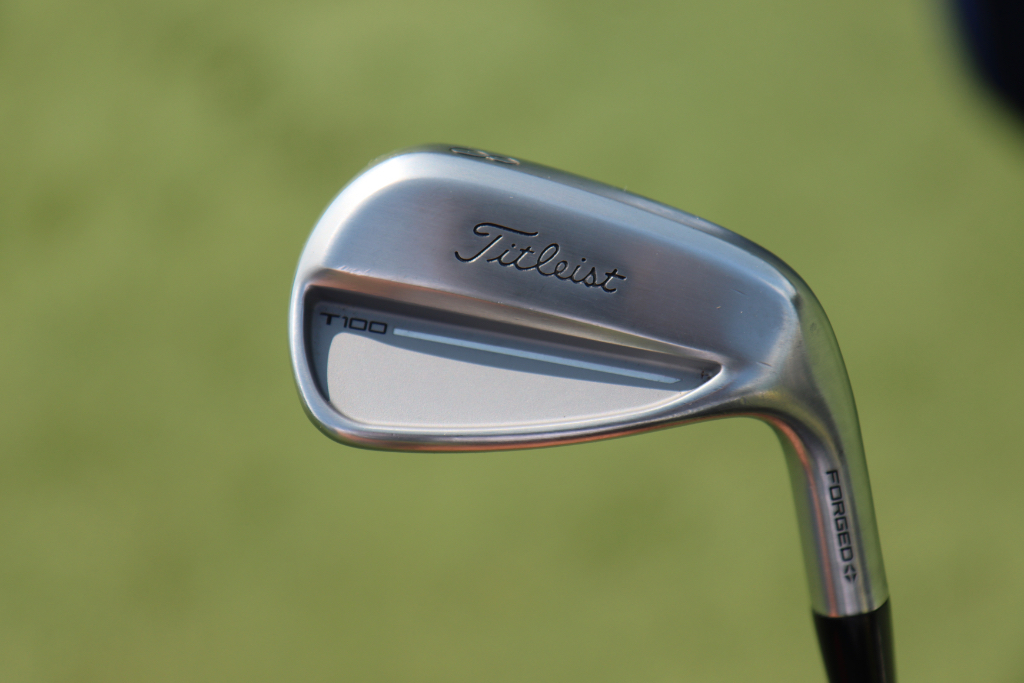
Wedges: Titleist Vokey Design SM10 (48-10F @47, 52-12F, 56-08M @57, 60-04T @62)
Shafts: True Temper Dynamic Gold Tour Issue S400
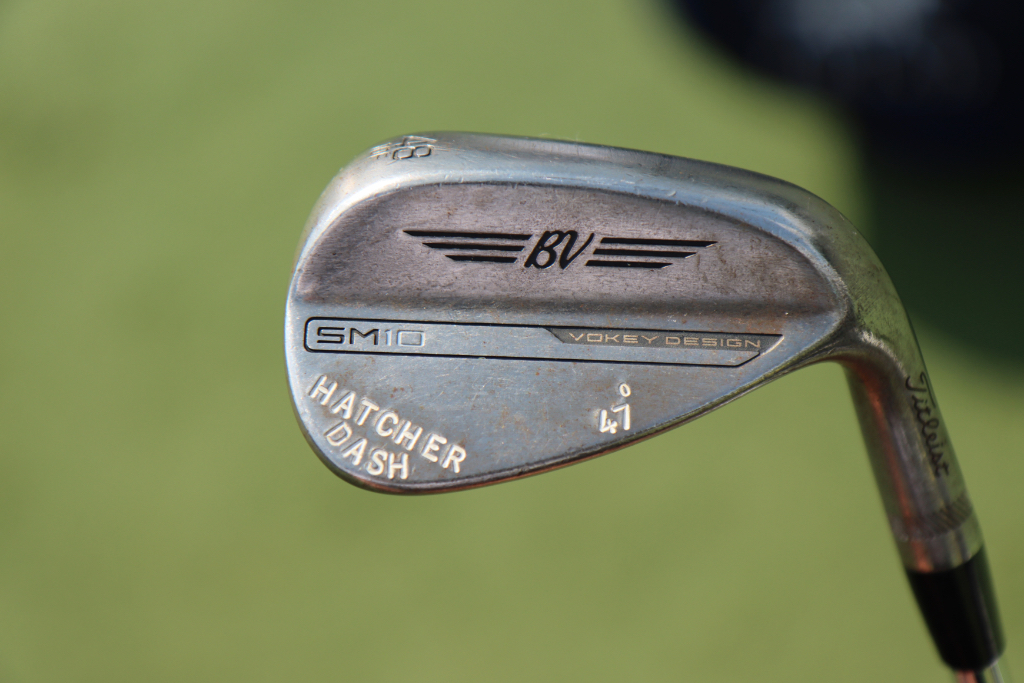
Putter: Scotty Cameron Studio Style Fastback 1.5 Tour Prototype
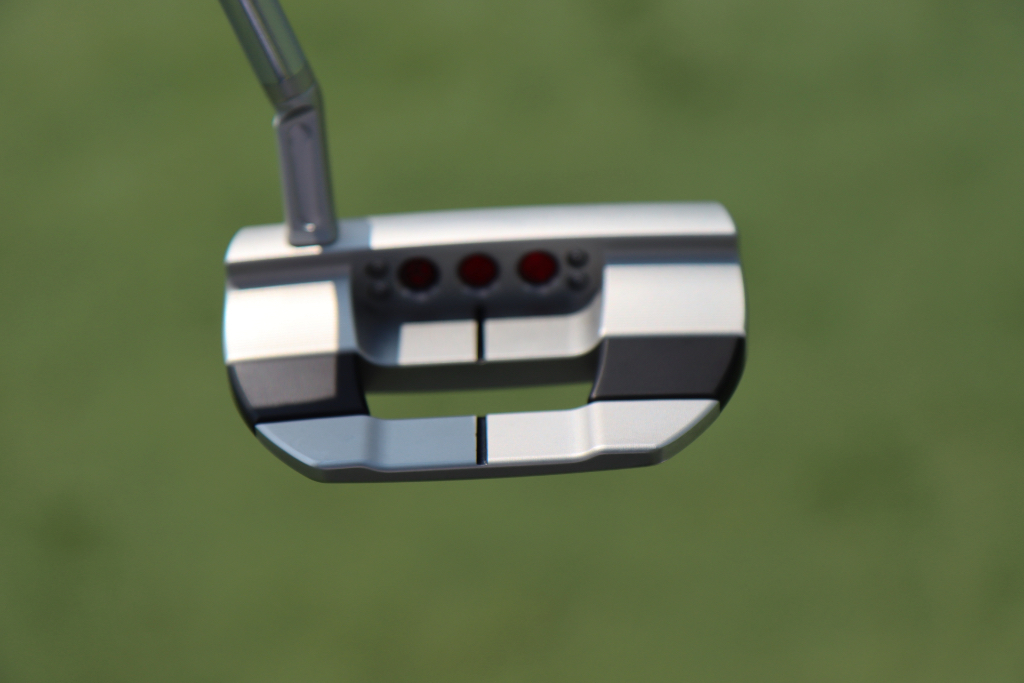
Grips: Golf Pride Tour Velvet
Ball: Titleist Pro V1x Yellow
Equipment
GolfWRX Members Choice presented by 2nd Swing: Best driver of 2025

We’re proud to once again partner with 2nd Swing Golf to bring you GolfWRX Members Choice 2025! 2nd Swing has more than 150,000 new and pre-swung golf clubs available in six store locations and online. Check them out here.

What is the best driver in 2025? At GolfWRX, we take great pride in our online community and the cumulative knowledge and experience of our members. When it comes to the best driver of 2025, we want to know what our forum faithful think.
Since our founding in 2005, the bedrock of GolfWRX.com has been the community of passionate and knowledgeable golfers in our forums, and we put endless trust in the opinions of our GolfWRX members — the most knowledgeable community of golfers on the internet. No other group of golfers in the world tests golf clubs as frequently or as extensively, nor is armed with such in-depth information about the latest technology.
Below are the results of GolfWRX member voting for the 2025 best driver, along with the vote percentage for each club.
Best driver of 2025: The top 5
5. Callaway Elyte Triple Diamond: 6.02%
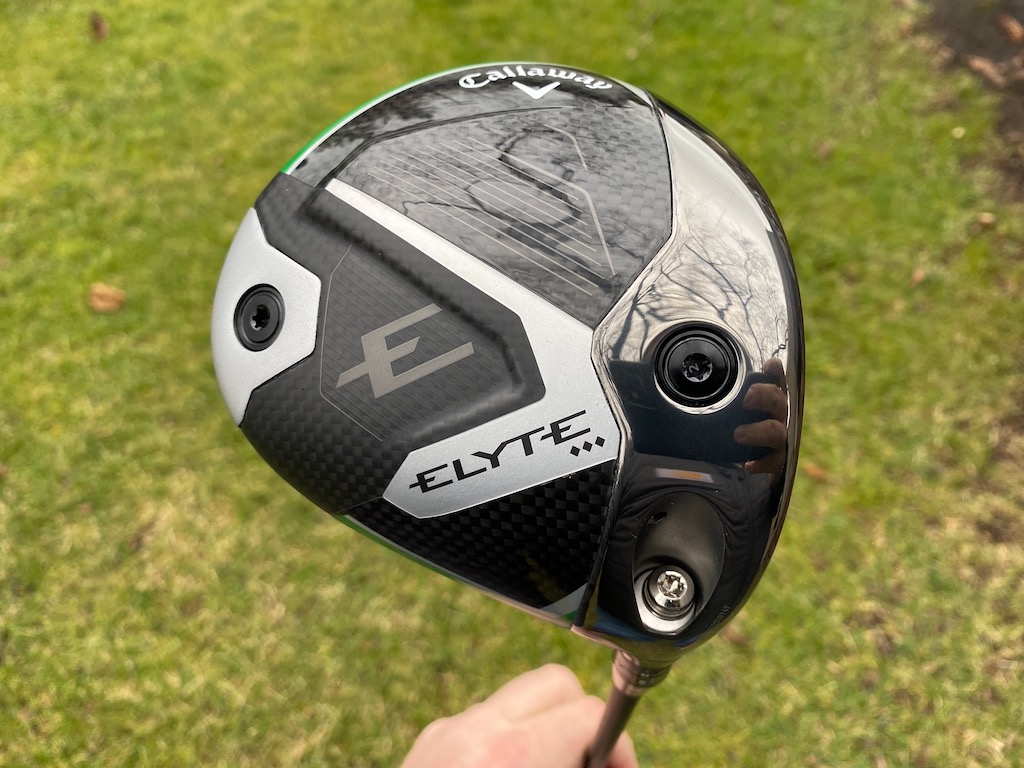
Callaway’s pitch: “For golfers looking for a fast, forgiving, yet workable driver, the Elyte Triple Diamond features a tour-inspired shape and is the preferred model by most Callaway tour players.”
You can read what other golfers are saying about the driver in the GolfWRX forums, and see our launch piece here. Shop the Callaway Elyte Triple Diamond here.
4. Ping G440 Max: 6.86%
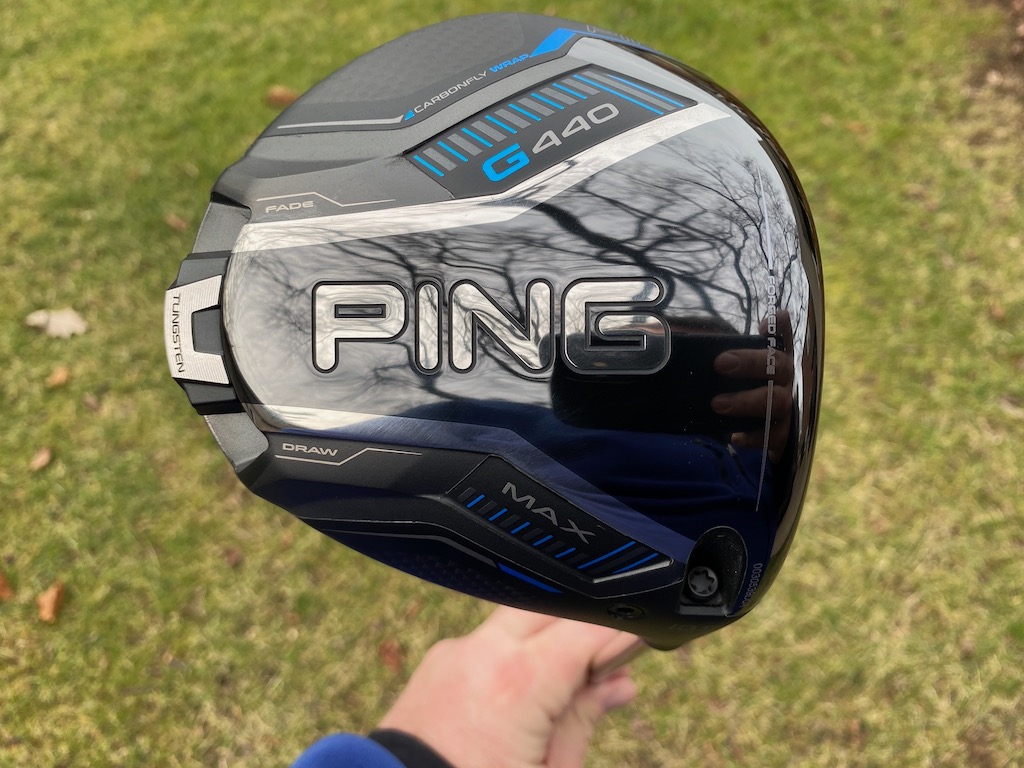
Ping’s pitch: “The most forgiving G440 model, MAX has a hotter face to generate speed and distance, and a lighter overall system weight with a longer shaft (46″) for faster clubhead speed, higher launch and longer carries. The Free Hosel and Carbonfly Wrap crown save weight to create our lowest CG ever and increase forgiveness while contributing to a more muted, pleasing sound.”
You can read what other golfers are saying about the driver in the GolfWRX forums, and see our launch piece here. Shop the Ping G440 Max here.
3. Ping G440 LST: 9.53%
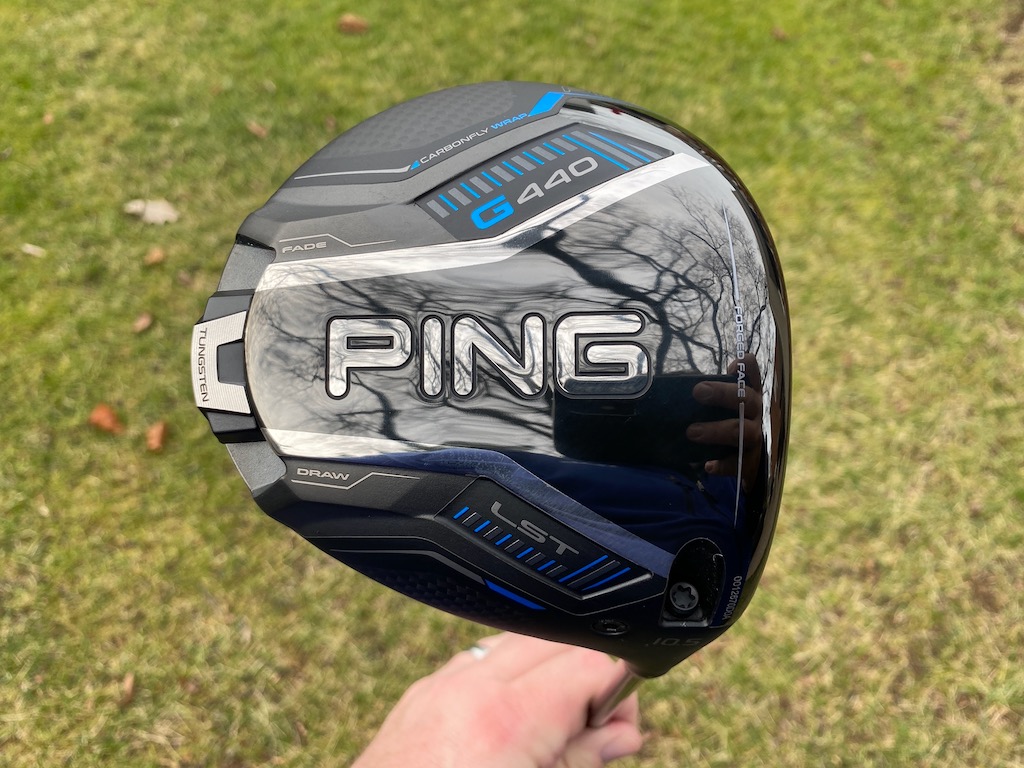
Ping’s pitch: “LST is an especially good fit for faster swings, offering less spin and more control with a penetrating trajectory. A hotter face, lighter overall system weight and longer shaft (46″) deliver more speed and distance while maintaining tight dispersion.”
@phizzy30: “Not a fan of Ping drivers in general, but 440 LST takes the cake. It’s super forgiving across the face for a low spin head, looks and sounds good and the ability to make it play neutral or slightly fade biased through the hosel settings is very appealing.”
You can read what other golfers are saying about the driver in the GolfWRX forums, and see our launch piece here. Shop the Ping G440 LST here.
2. Titleist GT3: 16.55%
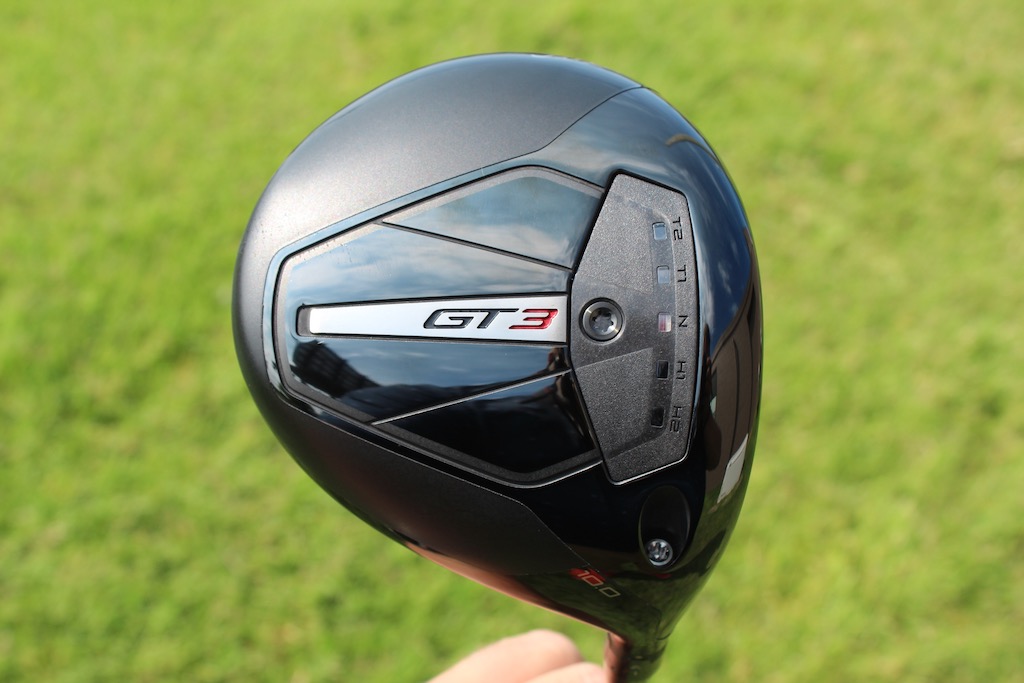
Titleist’s pitch: “The GT3 Driver offers Titleist’s boldest combination of power and personalization through adjustable performance. Dial in the CG Track to your frequent contact location to make your biggest drives even bigger while taking total control over flight and shaping.”
@mrmikeac: “I’ve been Anti-Titleist for years and years and years (outside of Vokey, of course). With that being said, HOLY BEGEEZUS the GT3 driver is an absolute NUCLEAR MONSTER! This thing blew my G430 10K Max out of the water in every single category. Forgiveness is the biggest thing that stands out of me, the 3 model has always been one of the less forgiving models in the past but this GT3 can take bad shot after bad shot and still end up in the fairway, I think a ton of that has to do with the adjustability, it’s actually effective. Feel and sound is perfect, that solid crack is so addicting to hear and when you hit it out the screws this thing can absolutely bomb it. Titleist, I’m sorry for doubting you. You have converted me.”
You can read what other golfers are saying about the driver in the GolfWRX forums, and see our launch piece here. Shop the Titleist GT3 here.
1. Titleist GT2: 22.91%
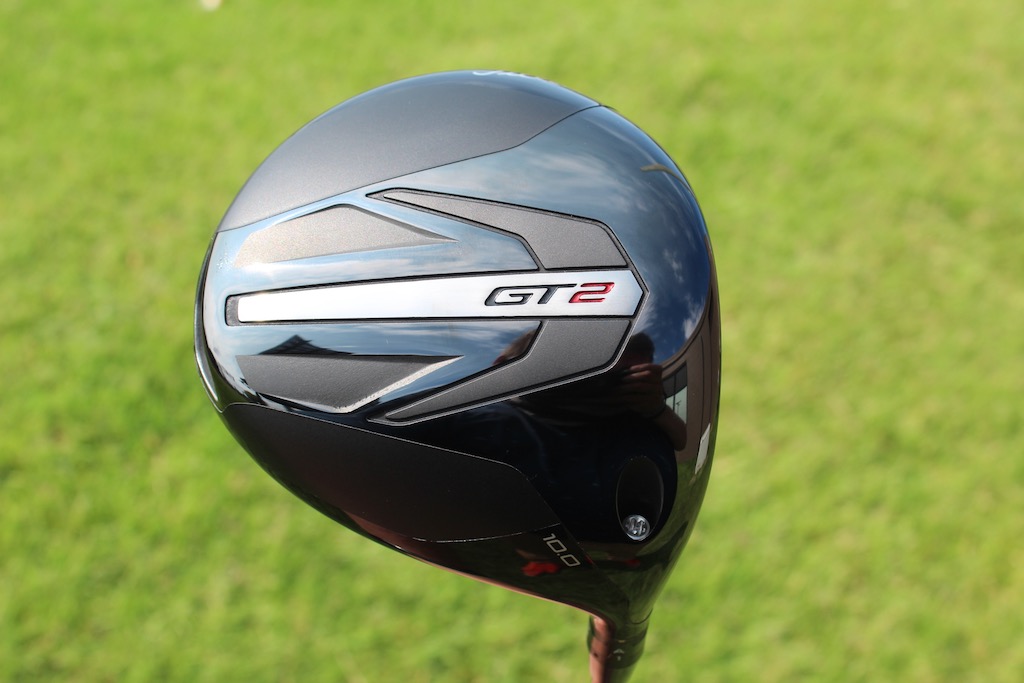
Titleist’s pitch: “Delivering impressive distance from any impact point, the Titleist GT2 Driver extracts maximum performance through a forgiving design. Get the stability and added confidence of a high-MOI driver without sacrificing speed.”
@DTorres: “The Titleist GT2 has proven to be the best driver of the year. Packaged in a classic profile, GT2 perfectly balances performance and forgiveness while consistently being a high performer across all categories.”
You can read what other golfers are saying about the driver in the GolfWRX forums, and see our launch piece here. Shop the Titleist GT2 here.
Other drivers receiving >2% of the vote
| Driver | Vote percentage (%) |
|---|---|
| Cobra DS Adapt Max K | 4.85% |
| Ping G430 Max 10K | 3.85% |
| Callaway Elyte Triple Diamond | 3.68% |
| TaylorMade Qi35 | 3.51% |
| Callaway Elyte | 3.18% |
| Cobra DS Adapt X | 2.34% |
| Cobra DS Adapt LS | 2.17% |
| TaylorMade Qi35 LS | 2.17% |
View this post on Instagram

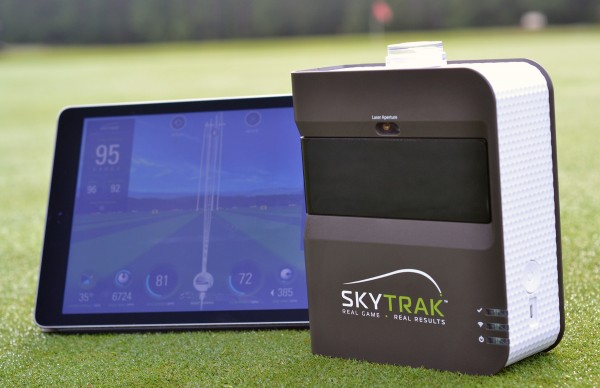




















Pingback: 2020: The year of the DIY golfer – GolfWRX
Max R
Oct 31, 2020 at 9:08 am
Thanks for the information. It’s extremely timely for me and my neighbor. We were looking at the Rapsodo MLM Launch Monitor. I would love to have $20K+ to get the cream of the crop but as a senior, your option for keeping everything affordable is the best way to go. I agree that money needs to be spent on a high mid to high quality mat. Otherwise, you’re potentially damaging your clubs.
Pelling
Oct 30, 2020 at 4:38 pm
Instead of spending mega bucks for a new mat, order a 5’x5’ Used commercial driving range mat (B grade) for about $150-$170, free delivery, off EBay from balldiver812. Excellent condition, like new. I ordered one for my son, prompt delivery, outstanding experience.
Cris Kennedy
Oct 30, 2020 at 9:59 am
The problem with this setup is when you sky a driver/3 wood/hybrid. Don’t think it won’t happen.
Grat702
Oct 29, 2020 at 1:58 pm
Thanks for this article, great stuff!
Shallowface
Oct 29, 2020 at 1:14 pm
I’ve had a net for 20 years. When I finally blew a hole through it, I hung a sheet of canvas duck material in front of the hole. Like the other materials mentioned, it’s cheap, durable and readily available.
Steve Hjortness
Oct 29, 2020 at 11:42 am
Ryan, thanks for the info. You mentioned your source for the netting and the launch monitor. Can you tell us what you purchased for the mats?
ChristianR
Oct 30, 2020 at 3:07 am
https://www.realfeelgolfmats.com/
Someone can confirm they are really working as advertised?
Q
Oct 30, 2020 at 10:33 am
I’ve got a full GC2 simulator setup at home and chose the CCE reel feel mat. It’s expensive but is as exactly as advertised. You know exactly when you hit it fat, can get the sensation of taking a divot, and it holds a tee. Have had my setup since 2014 and have been through two hitting screens but the mat looks virtually new.
Large chris
Oct 29, 2020 at 9:32 am
I’ve tried lots of different netting solutions. You won’t do any better than archery netting. It’s much quieter and more durable than anything else. Make sure to use a bungee type attachment solution to reduce the stress whatever net you use, Also, with sufficient unit to net flight space for a flight scope 11, you won’t have the net height to hit wedges or maybe even nine irons.
Lots of things to consider, it’s not an easy thing to get right and reliable.